Are you feeling overwhelmed by the extensive selection of leather options? This detailed guide is crucial for making informed choices regarding the many types of leather products available. Each leather type offers unique benefits tailored to specific uses, from the luxurious softness of calfskin to the exceptional sturdiness of full-grain leather. Understanding the distinctive qualities and origins of quality leather will help you select items that enhance both their durability and functionality. This resource is designed to guide you in finding the most appropriate leather type for your needs, whether you’re looking for shoes, jackets, or accessories. Remember, poor leather selection can lead to premature wear and financial loss, so let’s examine the various types and their ideal applications in detail.
Explore the Remarkable Variety of Leather Types and Their Unique Characteristics
The vast selection of leather types each possesses unique attributes and applications, particularly in the domain of footwear manufacturing. Understanding these differences is essential for making the right choices. Below is a comprehensive overview of the characteristics that set each leather type apart:
| Leather Type | Main Characteristics |
|---|---|
| Full-grain | Unparalleled quality, natural surface, ultimate durability |
| Top-grain | Sleek sanded surface, good durability, budget-friendly |
| Split leather | Lower layer of hide, less durable, economical choice |
| Nubuck | Sanded top surface, soft and velvety feel |
| Suede | Soft, fuzzy finish with limited water resistance |
- Grain quality is a critical factor influencing leather durability
- Surface texture significantly affects both aesthetics and maintenance needs
- Thickness is vital in determining suitable applications for the leather
Enhance Your Knowledge of Common Leather Types for Informed Choices
When selecting leather that aligns with your specific needs, it’s essential to comprehend the common varieties and their optimal applications. Each type serves different purposes, ensuring that you can choose the best fit for your requirements:
| Type | Best Use |
|---|---|
| Calfskin | Perfect for elegant dress shoes and high-end accessories |
| Cowhide | Best suited for robust boots and heavy-duty items |
| Pigskin | Ideal for affordable and versatile accessories |
| Sheepskin | Exceptional for soft goods and warm linings |
| Goatskin | Widely used for comfortable gloves and light accessories |
Dive into the World of Exotic Leather Types and Their Unique Qualities
The captivating realm of exotic leathers offers a variety of unique characteristics and striking looks, appealing to those who appreciate luxury. Each type provides distinct advantages that set them apart from standard leather options:
| Type | Properties |
|---|---|
| Alligator | Luxury items with remarkable durability |
| Ostrich | Recognized for its unique pattern and soft texture |
| Stingray | Famed for its extreme durability and distinct texture |
| Python | Flexible with unique scales that enhance character |
| Lizard | Distinguished by fine texture and intricate patterns |
Products made from bonded leather comprise leather fibers combined with binding agents. Here’s what you should consider when exploring this option:
| Aspect | Detail |
|---|---|
| Composition | Made from leather fibers blended with binding materials |
| Durability | Generally less durable compared to genuine leather options |
| Cost | A more budget-friendly choice for price-sensitive consumers |
| Usage | Often found in furniture and various accessory items |
| Care needs | Requires minimal upkeep to maintain its appearance |
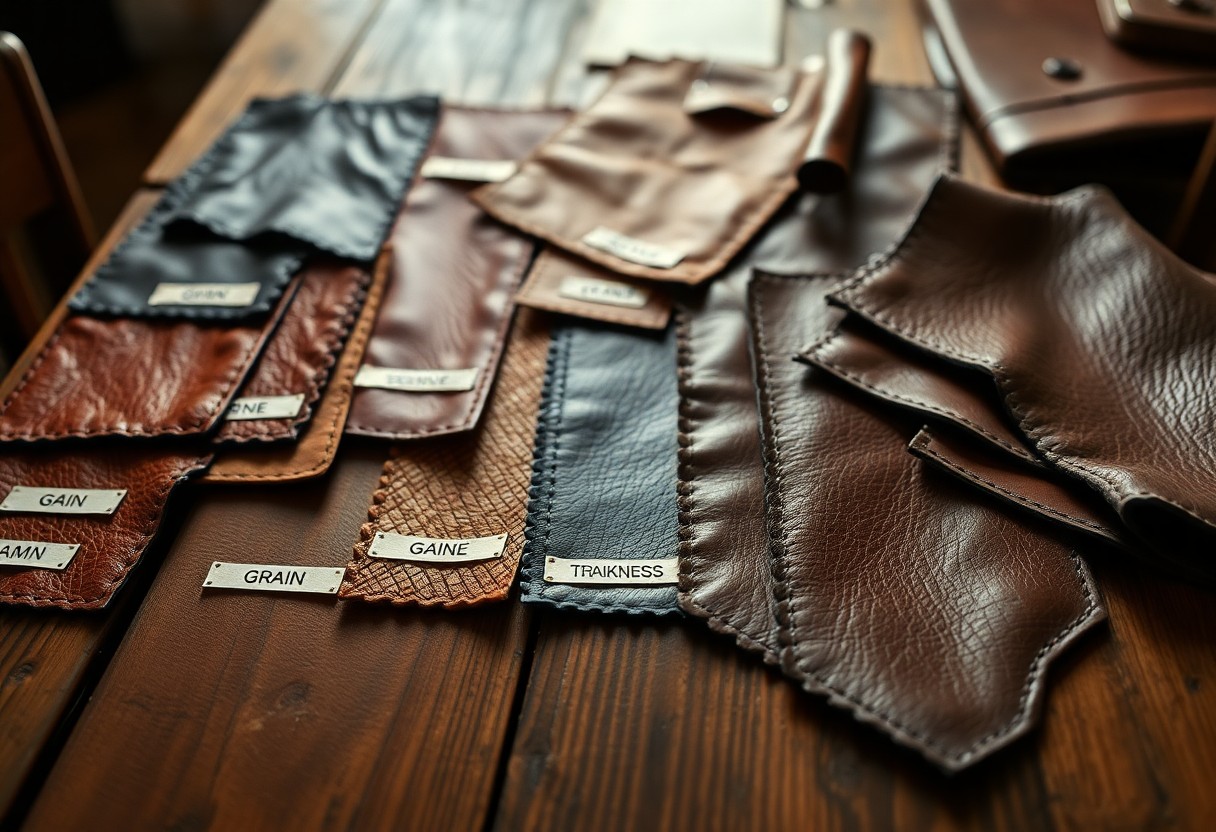
Essential Factors That Influence Leather Quality and Performance
While numerous variables can affect the quality of leather, the primary components include animal source, hide preservation, tanning process, and finishing techniques. The durability and visual appeal of your leather products are significantly influenced by these elements working together harmoniously. By understanding these factors, you can make educated decisions when selecting leather items for any purpose, ensuring that they meet your specific needs and expectations.
Assessing Leather Quality Through Animal Source Considerations
One of the most critical determinants of leather quality is the animal source. The properties of your leather are closely linked to the age, breed, and living conditions of the animal it comes from. For instance, calfskin offers exceptional softness and flexibility compared to the more rugged texture of hides from mature cattle. Additionally, exotic leathers from animals like crocodiles provide unique textures and impressive durability, making them highly desired in luxury goods. Understanding these distinctions is essential for discerning buyers who wish to invest in high-quality leather.
The Significance of the Tanning Process on Leather Quality and Longevity
The tanning process is essential as it transforms raw hides into usable leather through various chemical treatments. For example, chrome tanning results in softer and more pliable leather, while vegetable tanning yields firmer and more natural leather options. The overall quality of the finished leather product is heavily influenced by the skill and precision involved in the tanning process. Factors such as duration and temperature control during tanning are crucial for maintaining the leather’s structural integrity. Poor practices can lead to weak spots and uneven coloration, while rushed processes may result in leather that deteriorates quickly. Understanding these processes can help you appreciate the craftsmanship behind quality leather goods.
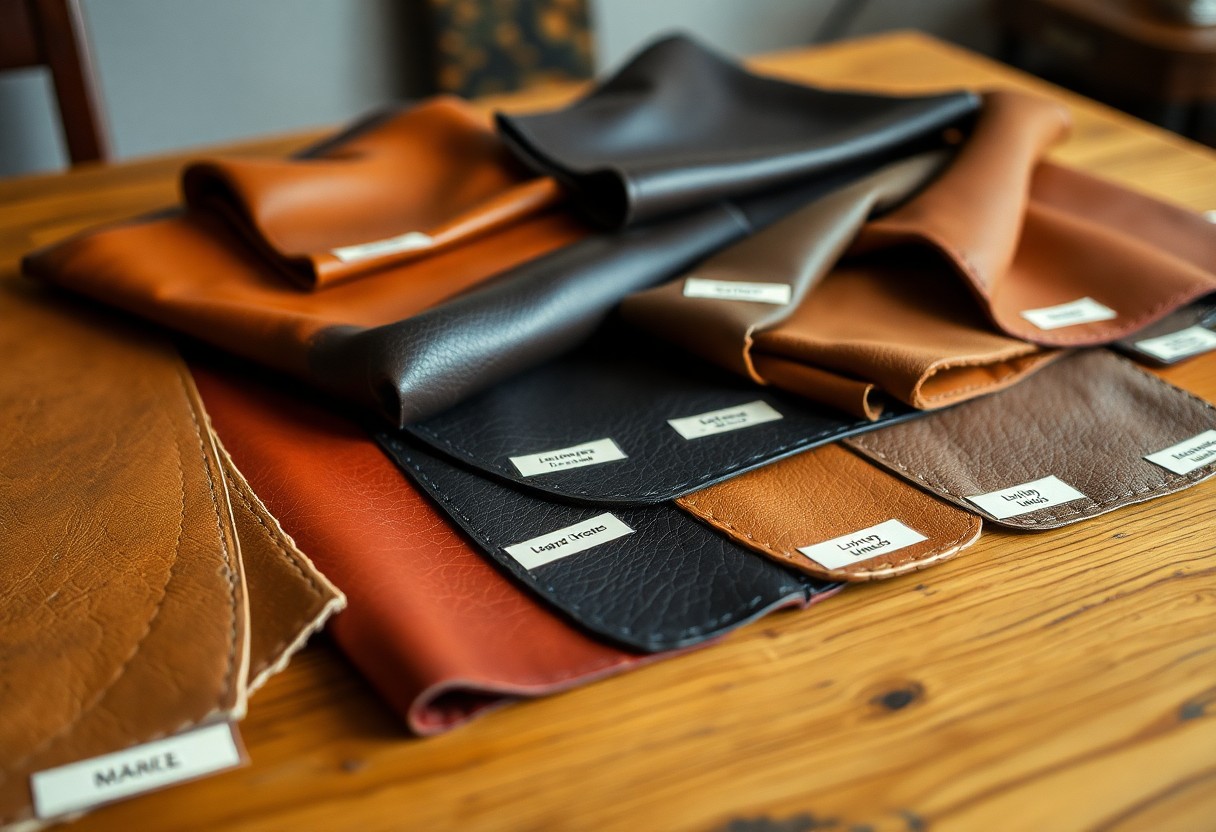
Proven Techniques for Identifying High-Quality Leather
When assessing leather quality, keep these essential guidelines in mind. Seek out full-grain leather that presents a consistent color and minimal surface imperfections. Inspect the grain pattern to ensure it appears natural and uniform. Quality leather typically has a pleasant aroma and should feel smooth and luxurious to the touch. Additionally, the edges should be clean and well-finished. While pricing can often serve as a reliable indicator of quality, it should not be the sole criterion in your decision-making process. Familiarizing yourself with these aspects will empower you to make educated purchases.
Conducting a Visual Inspection to Evaluate Leather Quality
When examining leather, paying attention to small details can yield significant differences in quality. Look for natural markings and avoid leather that displays artificial grain patterns. Your leather should exhibit a uniform color throughout, free from noticeable discolorations or patches. The surface should be clear of excessive scratches or scars, which can impact both appearance and durability in the long run. By being meticulous during your inspection, you can ensure that you choose high-quality leather products that will last.
Utilizing Physical Testing Techniques to Assess Leather Quality
Quality evaluation can be conducted through simple yet effective methods. For instance, bending the leather allows you to gauge its flexibility; be alert for any creasing patterns that might indicate inferior quality. Gently pressing your fingernail into the leather’s surface should create a temporary indentation, a hallmark of genuine leather. The leather should feel smooth and warm to the touch, rather than cold or resembling plastic. Understanding these tactile elements can significantly enhance your ability to identify quality leather.
It’s crucial to understand that physical testing can reveal a great deal about leather quality. Quality leather should not crack or develop white marks when bent. You can also perform a water drop test to check authenticity—genuine leather will absorb water temporarily instead of letting it pool on the surface. A flame test, which should only be conducted by professionals, can further verify the authenticity of the leather. These methods can give you peace of mind when investing in leather products.
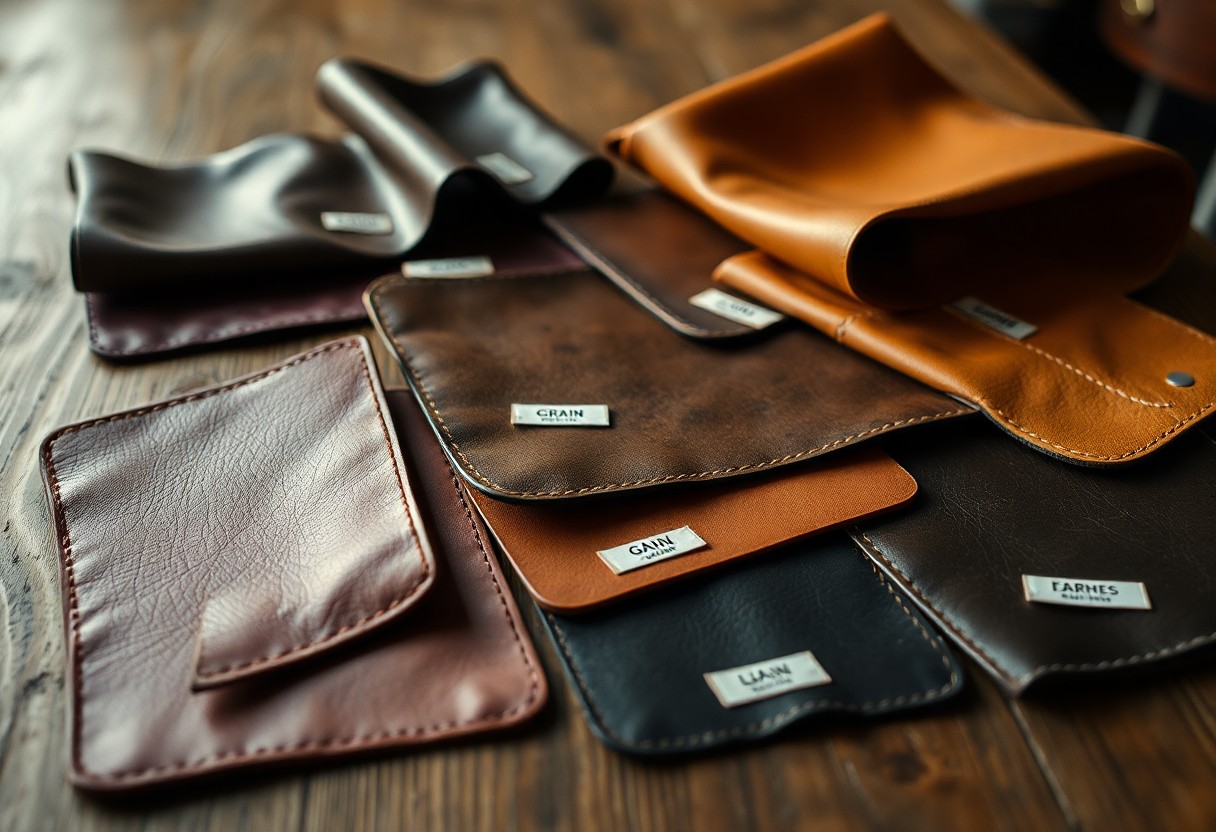
Your Comprehensive Step-by-Step Guide to Optimal Leather Care
Unlike synthetic materials, leather requires specialized care to maintain its quality and prolong its lifespan. Regular maintenance is necessary for your leather items to prevent damage and preserve their aesthetic appeal over time. By adopting a proactive approach to leather care, you can significantly extend the life of your leather products.
| Basic Care | Advanced Care |
| Leather cleaner Soft brush Microfiber cloth |
Leather conditioner Weather protector Leather polish |
Effective Cleaning Techniques for Leather Goods Maintenance
To clean your leather items efficiently, start with a dry brush to remove surface dirt. Always test any cleaning product on a small, inconspicuous area first to avoid damage. When applying leather cleaner, use a soft cloth and employ gentle circular motions to clean, ensuring you do not saturate the leather with excessive water, which can lead to damage. This careful approach will help maintain the quality and appearance of your leather items over time.
Protection and Proper Storage Techniques for Leather Longevity
Storing your leather items requires careful thought and consideration. Ensure they are kept in a cool, dry location away from direct sunlight to prevent fading. Regularly applying leather conditioner every 3-6 months helps avoid cracking and maintains the leather’s natural flexibility and appearance. Your efforts in proper storage will significantly contribute to the longevity of your leather products.
The effectiveness of your leather care routine hinges on consistent application. Protect your items from water damage by utilizing a high-quality waterproofing product. Regular conditioning preserves the leather’s natural oils, while proper storage practices prevent distortion of shape and color fading. By following these guidelines, you can ensure that your leather retains its beauty and functionality for years to come.
Analyzing the Benefits and Drawbacks of Various Leather Types
To assist in making informed choices regarding leather products, here’s an in-depth comparison of various leather types and their characteristics. Each type offers distinct benefits and drawbacks that impact their suitability for different applications. Understanding these elements will enable you to make better choices when purchasing leather items.
| Pros | Cons |
|---|---|
| Full-grain leather: unmatched durability | Higher price point; may display all natural marks |
| Top-grain leather: smooth finish, water-resistant | Not as durable compared to full-grain options |
| Split leather: affordable and flexible | Lower quality; less durable than other types |
| Nubuck: sophisticated look, soft texture | Requires frequent maintenance to retain its pristine appearance |
| Suede: versatile and comfortable | Susceptible to staining; hard to clean |
Understanding Durability and Longevity Among Different Leather Types
Different leather types exhibit significant variability in how they age and wear over time. Full-grain leather can last for decades when cared for properly, whereas split leather may need replacement after just a few years of regular use due to its lower durability. This knowledge is vital for consumers seeking long-lasting leather products.
Cost Considerations When Selecting High-Quality Leather
The price of leather can vary greatly depending on its quality and source. Premium full-grain leather can be 5-10 times more expensive than split leather alternatives, making it vital to balance your budget with your quality expectations. Investing in higher-quality leather often results in better value over time, as these materials maintain their appearance and structural integrity much longer than their lower-quality counterparts.
Customizing Maintenance Requirements According to Leather Quality
A clear relationship exists between the quality of leather and its maintenance requirements. Top-grain and full-grain leathers generally require less frequent but more specialized care, ensuring their unique characteristics and appearance are preserved as long as possible. Understanding this relationship will help you allocate your resources effectively for leather care.
Furthermore, each leather type necessitates specific cleaning products and techniques. Your maintenance regimen should align with the type of leather you possess to guarantee optimal preservation and longevity of your investments. By customizing your care routine, you can enhance the lifespan of your leather items significantly.
Exploring Common Uses and Applications of Leather in Everyday Life
Having explored the various leather types, you’ll find that each variety serves specific purposes based on its distinct properties and levels of durability. The selected leather type can greatly influence the performance of the final product, making it crucial to match the right leather with its intended use. This knowledge will empower you to make choices that suit your lifestyle.
The Fashion Industry: Leather’s Versatility in Accessories
In the fashion industry, applications range from luxurious high-end products to everyday essentials. For instance, calfskin is commonly used in premium shoes and handbags, while exotic leathers such as crocodile and stingray appear in exclusive designer creations. Your leather accessories might include wallets, belts, and watch straps, each crafted from specific leather types to ensure optimal functionality and aesthetic appeal. Understanding these uses will help you appreciate the craftsmanship involved in leather goods.
Furniture and Upholstery: Focusing on Durability and Style
When it comes to furniture, full-grain and top-grain leathers are the most popular choices. Upholstered items made from these resilient materials can withstand daily wear while developing an attractive patina over time, enhancing their visual appeal. Choosing the right leather for your furniture is important, as it affects both durability and aesthetic quality.
When choosing leather for your furniture, several factors should be considered. Look into durability ratings, with full-grain leather potentially lasting up to 25 years when maintained correctly. The type of leather you choose impacts both aesthetic quality and longevity, ensuring that your investment endures through time. This understanding will guide you in making selections that align with your preferences and expectations.
Industrial Applications: The Demand for High-Performance Leather Materials
In industrial settings, leather is often required to be high-performance materials. You’ll find specialized leather types used in automotive interiors, protective gear, and components for heavy machinery, where durability is essential. Meeting these demands necessitates a thorough understanding of the properties of various leather types.
To ensure optimal performance in these industrial applications, your leather selections must meet specific standards. Safety-rated leathers are utilized in protective equipment, while specialized treatments enhance resistance to heat, chemicals, and wear in industrial machinery environments. This knowledge is crucial for industries relying on leather’s unique attributes for functionality and safety.
Empower Yourself to Make Informed Leather Selections for Your Needs
Equipped with the insights from this guide, you are now prepared to make informed decisions about the various leather types based on your individual requirements. Understanding the attributes of leather empowers you to select the perfect material for your footwear and accessories. From the adaptability of calfskin to the unique qualities of exotic leathers, you can now weigh durability, comfort, and style against your particular preferences. Each leather type presents distinct benefits, allowing you to align these characteristics with your intended use. Whether you’re searching for rugged boots made from cowhide or elegant dress shoes crafted from calfskin, you can confidently choose the ideal leather to match your tastes and lifestyle.
Frequently Asked Questions About Different Leather Types
Q: What differentiates calfskin from full-grown cow leather?
A: Calfskin is sourced from young cattle under one year old, providing a softer, more supple texture with finer pores. In contrast, cow leather is derived from adult animals, rendering it thicker and sturdier with more noticeable markings. Calfskin is often preferred for high-quality dress shoes, while cow leather is commonly utilized for work boots and more economical footwear options. Understanding these differences can help you choose the right leather for your needs.
Q: What makes shell cordovan unique among leather types?
A: Shell cordovan is made from the muscle membrane found beneath the skin of a horse’s hindquarters. This distinctive leather showcases specific traits: it doesn’t crease but instead forms rolls, possesses a dense shiny surface, and is exceptionally durable. The processing of this leather involves turning it inside out, which differentiates it from traditional leather types. This unique processing contributes to its appeal among leather enthusiasts.
Q: How do exotic leathers, such as crocodile and stingray, differ in properties and applications?
A: Crocodile leather is soft, flexible, and harvested from the animal’s belly and sides, making it a luxurious choice often necessitating CITES certification. Conversely, stingray leather is recognized for its extraordinary hardness and durability, albeit more challenging to work with. Stingray shoes are typically crafted as whole cuts since the material allows for stitching solely between its hard “pearls.” Knowing these distinctions will help you appreciate the unique qualities of exotic leathers.
The article Guide to the different types of leather characteristics and uses appeared first on My Shoes Finder
References:
Leather Characteristics and Uses: A Comprehensive Guide
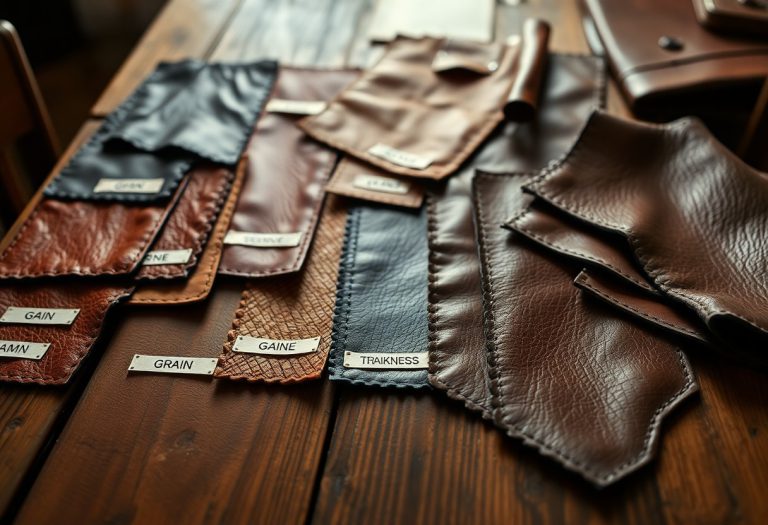
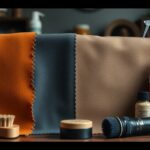
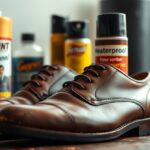
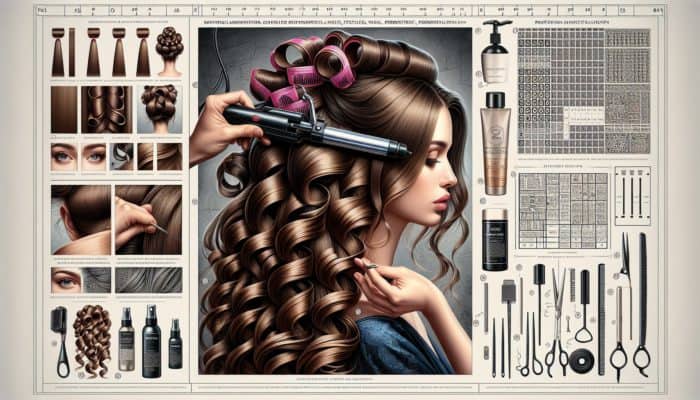



Navigating the vast array of leather types can indeed feel daunting, but your guide highlights the essential attributes that can truly impact our choices. I resonate with the emphasis on durability and functionality; selecting the right leather not only affects the lifespan of products but also their overall user experience.